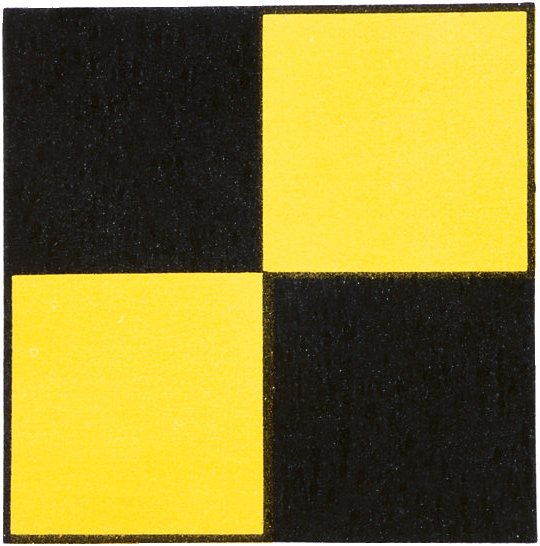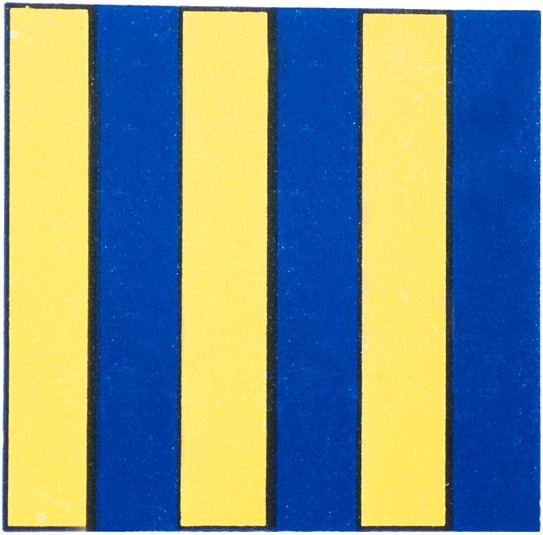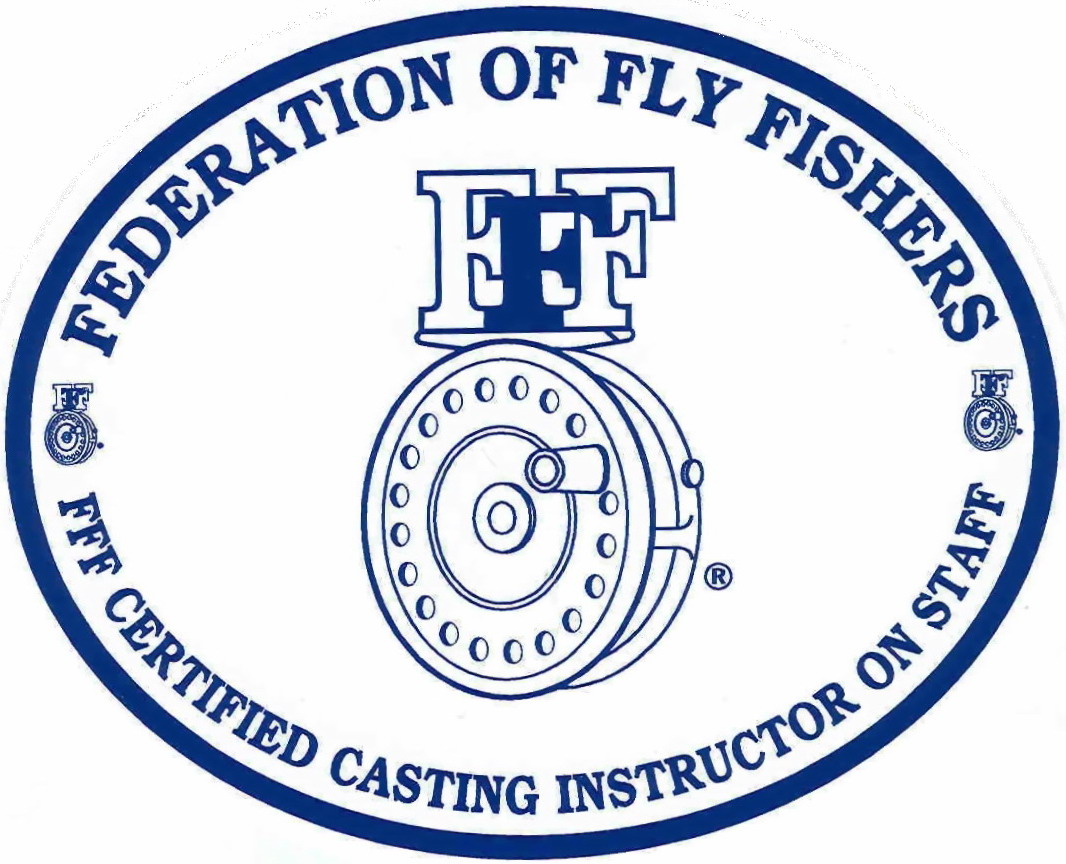Not So Fast!
by Captain Jim Barr on 11/30/12
What's critical:
1. Reel & Spools: Use a line winder and remove all the fly line from your reels and spare spools (or carefully coil the fly line by hand). Anglers Image makes a simple, low cost line winder. http://anglersimage.net/compiled/Page%206-i12.html Preferably use a high speed line winder with an electric drill to remove the fly line and the backing. A product called "Smart Spooler" is particularly good.
http://www.activeangler.com/flyfishing-products/macnair-smart_spooler.shtml
Once the lines (and backing) are removed, thoroughly clean the reel and spools using hot water, mild soap, a spare tooth brush (mark it) and a clean rag. The following YouTube video by Captain Bruce Chard may assist in the steps for both a short and longer term cleaning regimen. http://www.youtube.com/watch?v=-FqTtN8P4lk .
2. Lines & Backing: Rewind the backing onto your reel and spare spools. Clean the fly lines with warm soapy water and apply a line dressing. Coil the lines in large coils and secure the coils using pipe cleaner ties. Label large plastic resealable food bags with the specifics of each line (line type- floating, intermediate etc, and weight) and store the lines in a cool, dry location. Keep these lines stored until spring when you will load them back onto the reel and spools using your line winder or by hand. Storing lines in large coils will mitigate line memory so that you are not dealing with "slinky toy" coiled lines come spring.
3. Rods: Use a toothbrush and with hot soapy water clean the reel seat, the metal rings that secure the fly reel to the reel seat and the screw threads of the reel seat. Clean around all of the stripping and snake guides and the tip top. If the grip is discolored, or slick with an oily residue- use a very fine grit sandpaper or 0000 steel wool and carefully rub down the grip to restore it's color and smooth surface. (Use masking tape to cover the rod blank and the reel seat immediately adjacent the cork grip to guard against scratching). If there are cracks in the cork or sections where the cork filler dislodged, mix cork dust (sand a wine bottle cork and collect the fine dust) with waterproof glue (Elmer's), and using a flat wooden stick or coffee stirrer, push the paste into the cracks and pits. Wait 24 hrs to allow the cork/glue slurry to cure and then carefully sand the grip to return it to near new condition. Wipe down your rod sections with a clean cloth soaked in hot soapy water (use a mild soap). I like to then polish each rod section with a furniture spray wax like Pledge. Spray the wax onto a clean dry cloth and polish each rod section. Apply beeswax (or paraffin wax at a minimum) to each male ferrule of the rod sections. (The wax keeps the rod sections from coming loose after repeated casting). Store the rod sections in a rod sock and secure everything into the appropriate rod tube. (If your rod tubes have a description of the rod on the exterior make sure you've got the right rod in the right tube, otherwise you might be in for a surprise when you are assembling your rod on-board or at your car and you now have a 6 weight to fish the salt. Pay attention to the details. Store the tube in a cool and dry environment.
4. Zippers: Take particular care with any clothing items and gear bags that have zippers. Zippers that have been exposed directly to salt water and salt air can get encrusted and lock up and when you force them because you're in a hurry, the zipper head will break. The following link will take you to a blog on my website that offers tips on how to remove salt, clean and maintain zippers exposed to the salt environment. http://www.skinnywaterchartersri.com/SWC-Blog.html?entry=zip-it-up





